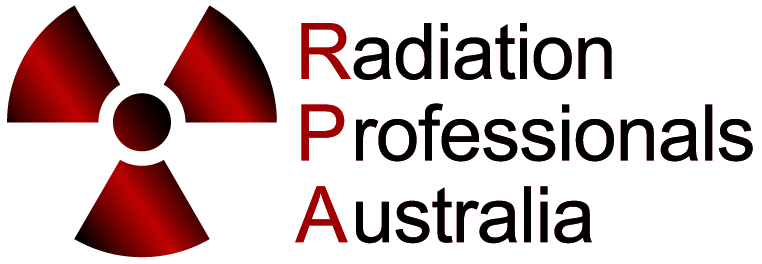- FAQs
We’ve compiled a list of answers to our most frequently asked questions.
In physics, radiation is the emission or transmission of energy in the form of waves or particles through space or through a material medium. This includes:
- electromagnetic radiation, such as radio waves, microwaves, visible light, x-rays, and gamma radiation (γ)
- particle radiation, such as alpha radiation (α), beta radiation (β), and neutron radiation (particles of non-zero rest energy)
- acoustic radiation, such as ultrasound, sound, and seismic waves (dependent on a physical transmission medium)
- gravitational radiation, radiation that takes the form of gravitational waves, or ripples in the curvature of space-time
Radiation is often categorized as either ionizing or non-ionizing depending on the energy of the radiated particles. Ionizing radiation carries more than 10 eV, which is enough to ionize atoms and molecules, and break chemical bonds. This is an important distinction due to the large difference in harmfulness to living organisms. A common source of ionizing radiation is radioactive materials that emit α, β, or γ radiation, consisting of helium nuclei, electrons or positrons, and photons, respectively. Other sources include X-rays from medical radiography examinations and muons, mesons, positrons, neutrons and other particles that constitute the secondary cosmic rays that are produced after primary cosmic rays interact with Earth’s atmosphere.

Subject Matter Expertise coupled with extensive and demonstrable in-field capability is why Radiation Professionals’ bring assurance of safety, confidence and control. In the hands of the Professionals.
Optimisation of industrial process environments increases asset availability and performance. The unique challenges faced by process intensive oil, LNG, mining and metals processing demand Informed and competent management of hazardous materials and their related risks.
There are three major components that figure into radiation dose: time, distance, and shielding:
Time: The less time you spend exposed to radiation the lower your dose. During operations ensure that you have a clear knowledge of what radionuclides are present and the mitigations to limit dose.
Distance: Like most other physical phenomena, radiation decreases with distance in accordance with the inverse square law.
This means that the further away you are from the source of the radiation, the less radiation you’ll be exposed to. Workflow design should consider that you, and anyone else around, are active as far away from the radiation source as practicable.
Shielding: As ionizing radiation passes through matter; the intensity of the radiation is diminished. Thus, to protect yourself from radiation you should consider a barrier or shield.
However, the material you use matters significantly; some materials reduce the intensity of radiation more than others. Every material has a “halving thickness.” This is the thickness required to reduce the radiation intensity by half. So, if the halving thickness of a material is 1 inch, then a 1-inch-thick sheet will cut the radiation to 50%. Two inches will cut the radiation to 25%, 3 inches to 12.5%, and so forth.

Probably the most important question a person has about radiation is what exposure to it will do to them. It is an invisible, odourless energy that has a lot of mystery about it, so fears and speculation tend to be pretty common.
Radiation exposure can have varying effects, depending on the dose received, and what the exposure was. Certain elements, when the exposure is internal, will deposit in various organs or bones. Radioactive Iodine tends to seek out the thyroid (making it useful in cancer treatment) whereas Strontium-90, which tends to seek out bone and bone marrow, and can lead to bone cancer and leukemia.
For acute exposures, the first physical effects can be seen at around 25-50 rem, and manifests as a drop in a person’s white blood cells. Acute Radiation Syndrome occurs at 150-350 rem, presenting nausea, fatigue, hair loss, and skin reddening. The LD 30/50, which is the point where 50 percent of the people exposed will die within 30 days without medical care, is between 460 and 600 rem. At 1000 rem, 100% of those exposed will die within 60 days.
These are all very high levels compared to typical exposure. Eating a banana, for example, is 0.01 millirem of exposure. The average person receives about 30 mrem of dose from the decay of potassium-40 in their own bodies every year. The maximum external dose received by members of the public after the Three Mile Island accident was about 100 mrem, or 25% of typical annual background radiation.


